Blog
What Actually Happens in a Movement Lesson Session
Nov 20, 2025
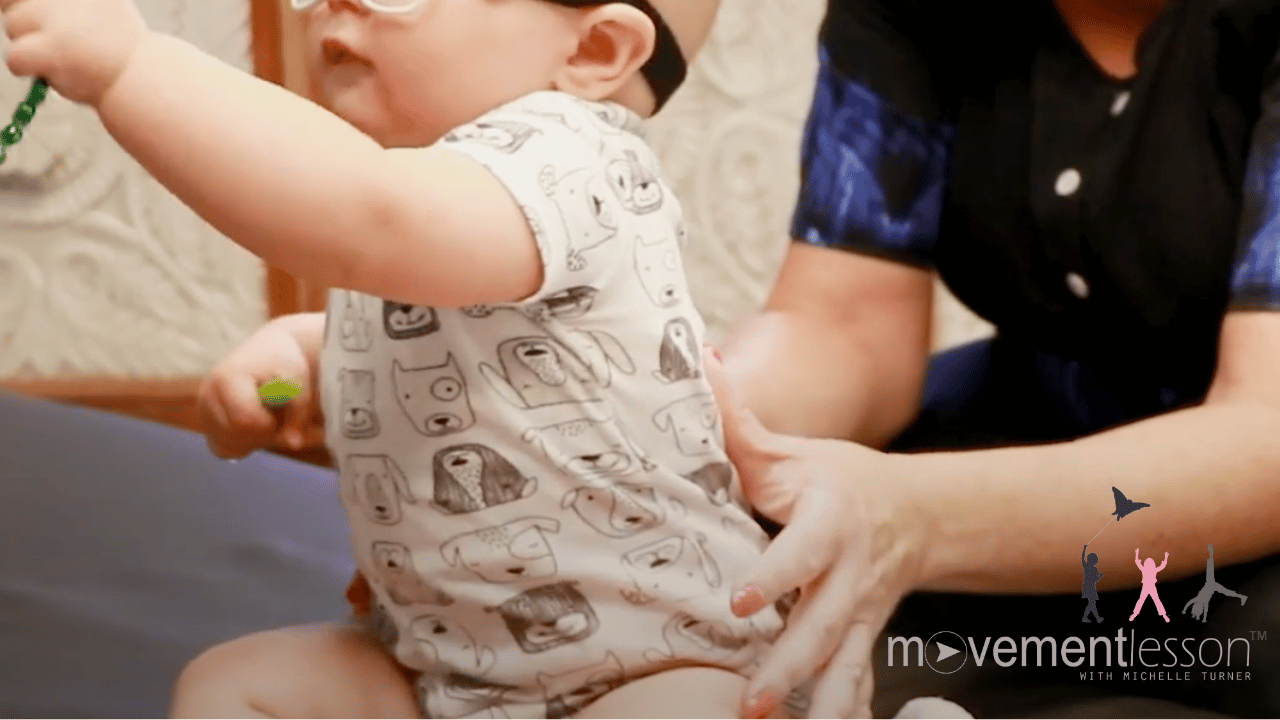
Why parents around the world say this is the missing piece for Autism, CP, rare disorders, developmental delays, and movement challenges.
Most families come to me after trying everything—PT, OT, stretching, strengthening, devices, therapies, protocols… and still feeling like something isn't connecting.
Here's the truth:
So what happens in a Movement Lesson session when we combine hands-on work with my new Turner NextGen AI system? Let me walk you through it:
 1. We Start with Gravity — Not Exercises
1. We Start with Gravity — Not Exercises
Every person has a unique relationship with gravity.
In CP and developmental delays, that relationship is usually disorganized:
-
head tilts instead of counterbalances
-
eyes drift upward or sideways...
Why oral rotation can shut down or not develop in children with seizures and intubation
Nov 18, 2025

Here are some reasons a child might be having difficulty with mouth movements
 A. Seizure meds → tone changes
A. Seizure meds → tone changes
Anti-seizure medications often create:
-
oral hypotonia (low tone)
-
delayed initiation
-
“thickening” in the mouth (reduced sensory registration)
-
Reduced tongue lateralization
-
decreased rotational planning
 B. Intubation → nasal bridge + palate loading
B. Intubation → nasal bridge + palate loading
Intubation changes the mechanics of:
-
nasal airflow
-
midline pressure
-
rotational development of the upper palate
-
cheek expansion
-
pharyngeal responsiveness
This is why many children have nasal jamming. Look for an upward gaze and a flattened rotation through the naso-maxillary bones.
 C. Seizure pattern → interruption of rotation
C. Seizure pattern → interruption of rotation
A seizure is essentially:
-
an electrical override
-
that strips the system of organized counter-rotation
...
Why Movement Lesson Cranial Work Is So Significant
Nov 15, 2025
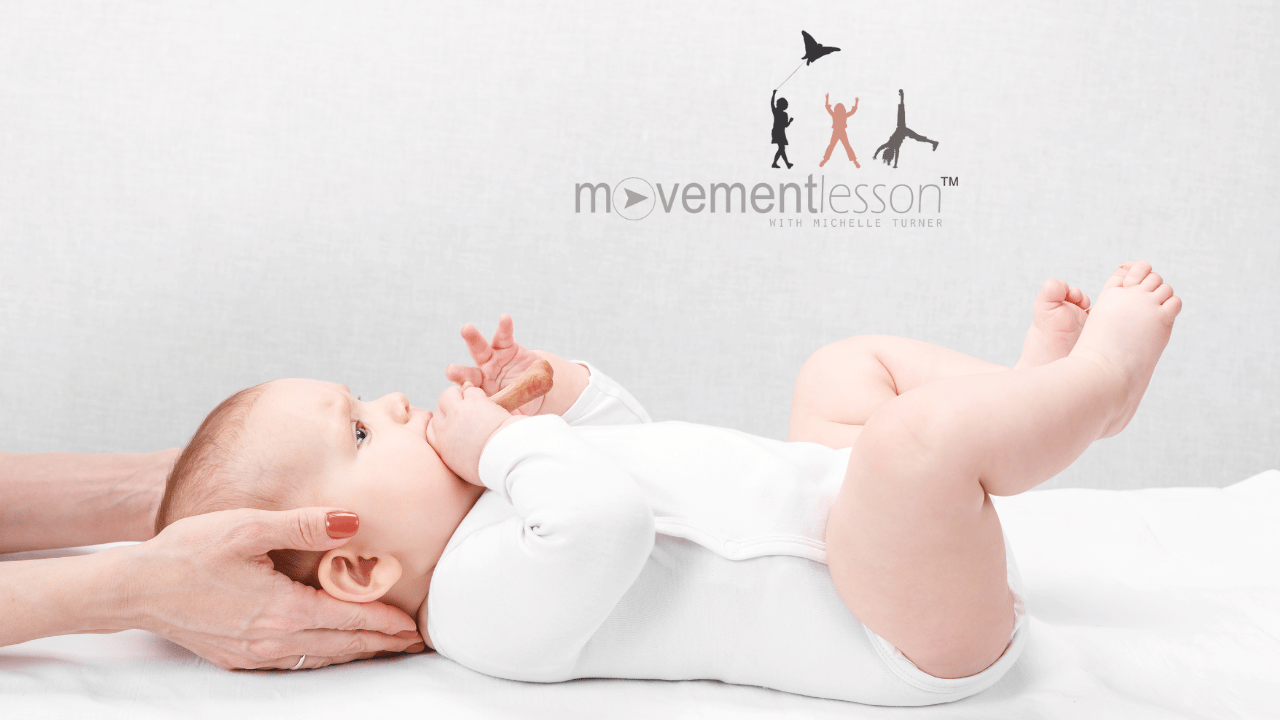
Most people look at the head and think “shape,” “size,” or “strength.” But in development, the head is not just a body part —it’s the control tower of the entire system.
The head tells you:
-
how gravity is being interpreted,
-
how the spine is sequencing,
-
how breath is organizing,
-
how transitions will emerge (or get blocked),
-
how sensory load is being managed,
-
and how available cognition actually is.
Every milestone from rolling to standing begins with the nervous system’s ability to locate the head correctly in space. When head control is unconventional — whether due to a trach, airway history, reflux, tone issues, cranial fusion, high cranium, or any developmental factor — the body does what all intelligent systems do: it reorganizes around the compensation.
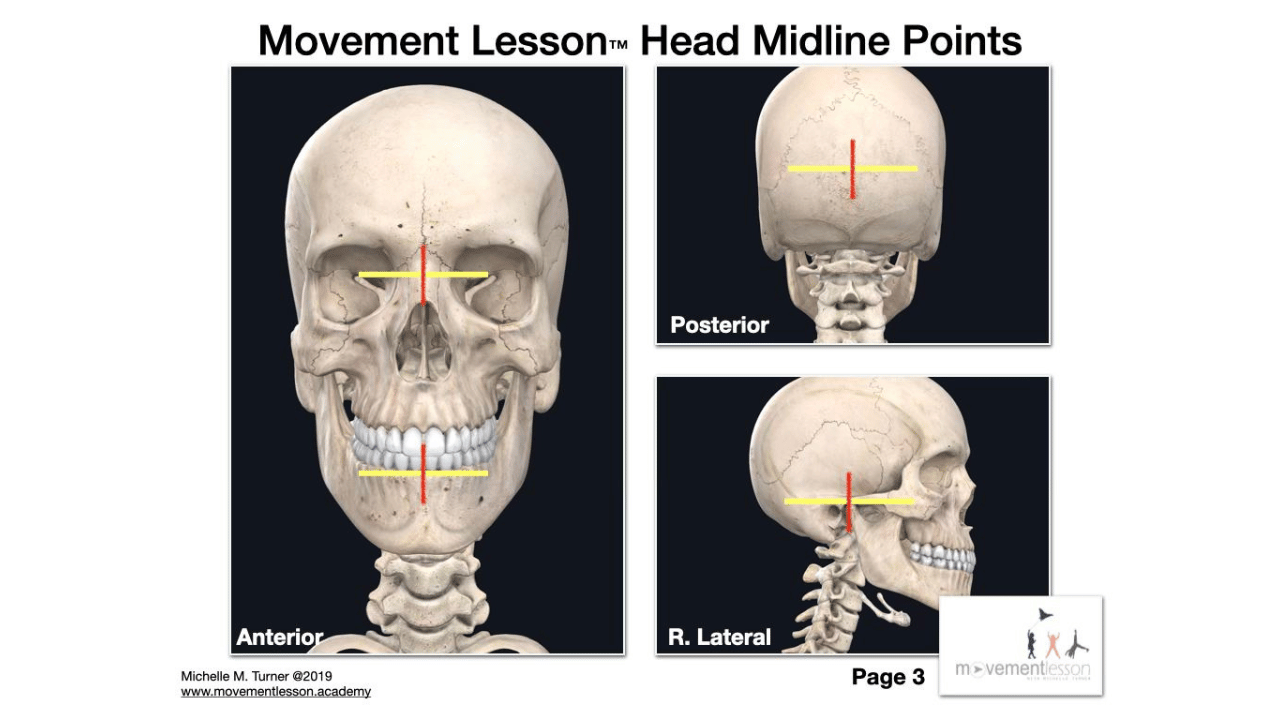
This is why cranial work matters:
Because the goal isn’t to “fix the head.”
The goal is to understand what the he...
Stop Age-Adjusting Your Baby
Nov 13, 2025
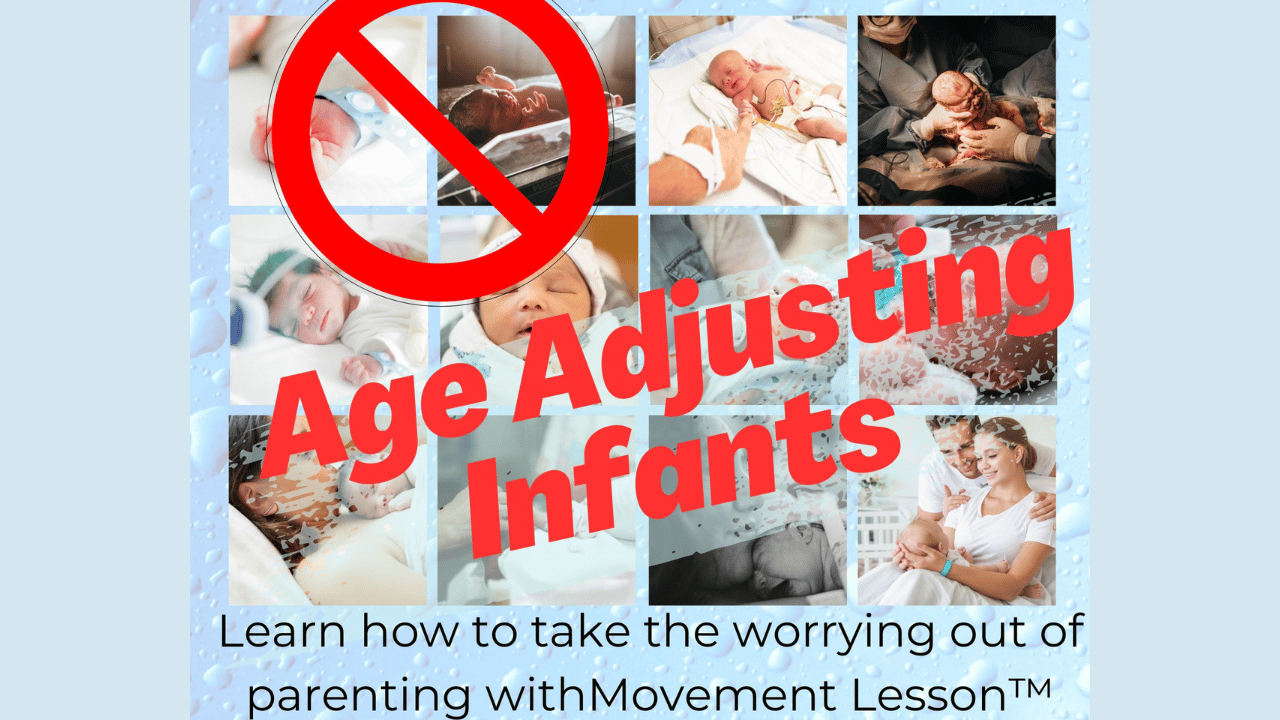
There's a big misconception about what age adjustment means for premature babies — and why it can hold your child back.
When a baby is born more than three weeks before the 40-week mark (37 weeks or earlier), many professionals "age-adjust." That means that if your baby is 2 months old, they may be treated as if they were only 1 month old developmentally.
Sounds logical, right? But here's the problem 
Age-adjusting teaches everyone — parents, therapists, even doctors — to expect delay rather than support development.

You're told: "Don't worry, they'll catch up by age Kindergarten."
But those first two years are when the brain and body are wiring movement, balance, and reflex organization. Waiting allows potential issues to become habits.
Why Age-Adjusting Doesn't Help
-
It delays early movement intervention — the very thing that builds strength, coordination, and sensory awareness.
-
It hides the warning signs of ...
When the Brain Moves Like the Body: Rotation, Focus, and Functional Gravity
Nov 11, 2025

A new paper from MIT has just confirmed something I've been teaching for years through Movement Lesson — that movement and cognition are built on the same physics.
The Discovery
In a study published by The Journal of Cognitive Neuroscience, researchers from MIT found that after a distraction, the brain doesn't simply "refocus."
Instead, its neurons rotate through space and time — spiraling back into their original pattern of activity.
This rotation was stronger when the brain performed correctly, and weaker when it made an error.
In other words:
Focus is not about staying still. It's about reorganizing through rotation.

Traveling Waves = Functional Movement
As the neurons rotated, the scientists observed traveling waves sweeping across the brain's surface— like ripples restoring calm after a stone hits water.
That's the same pattern we see in a child's body as they find balance after a wobble, or when a baby rolls over for the
...The Movement Lesson Laser Program — Scientific Core
Nov 06, 2025
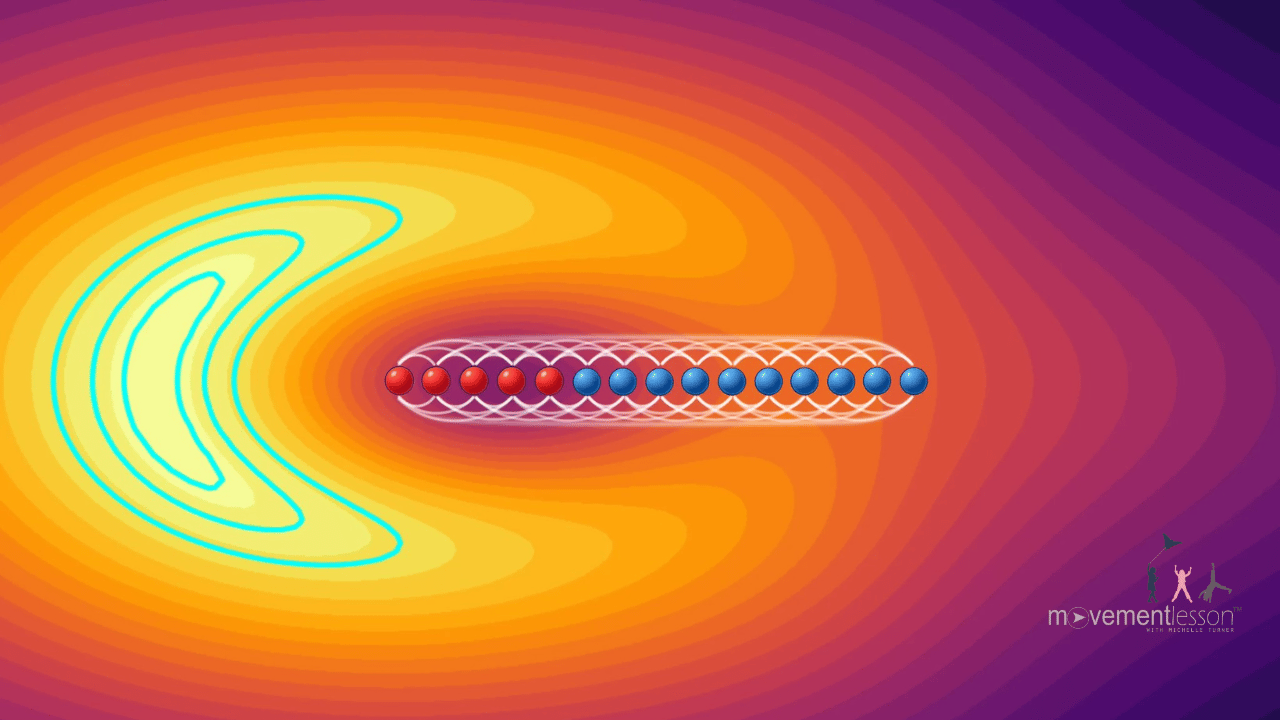
1. Foundational Physics:
-
Core principle: Rotational Binding Force — organization of energy through synchronized rotation.
-
Relationship to Functional Gravity: stability arises from interaction between rotational coherence (buoyancy) and gravitational load.
-
Laser physics parallel: atoms in coherence emit amplified energy → human tissue in coherence transmits efficient motion.
2. Biological Equations:
-
( F_e = (m × B) × (a × R) ) — Functional Force
-
( W_f = m · (g · Rs · Br) ) — Weight Differential
-
( C = Ro · G₀ – Gl ) — Containment Function
-
( Y_i = C · Tr ) — Yield Integrity
-
How each applies to muscle firing, load management, and neuromotor control during laser-based motion sessions.
3. Neurological Model:
-
The Laser Method stimulates vestibular alignment through rotational sensory feedback loops.
-
Creates functional reorganization in the CNS (spinal...
Beyond Mental Health — What Smartphones Do to the Body’s Movement Intelligence
Nov 04, 2025
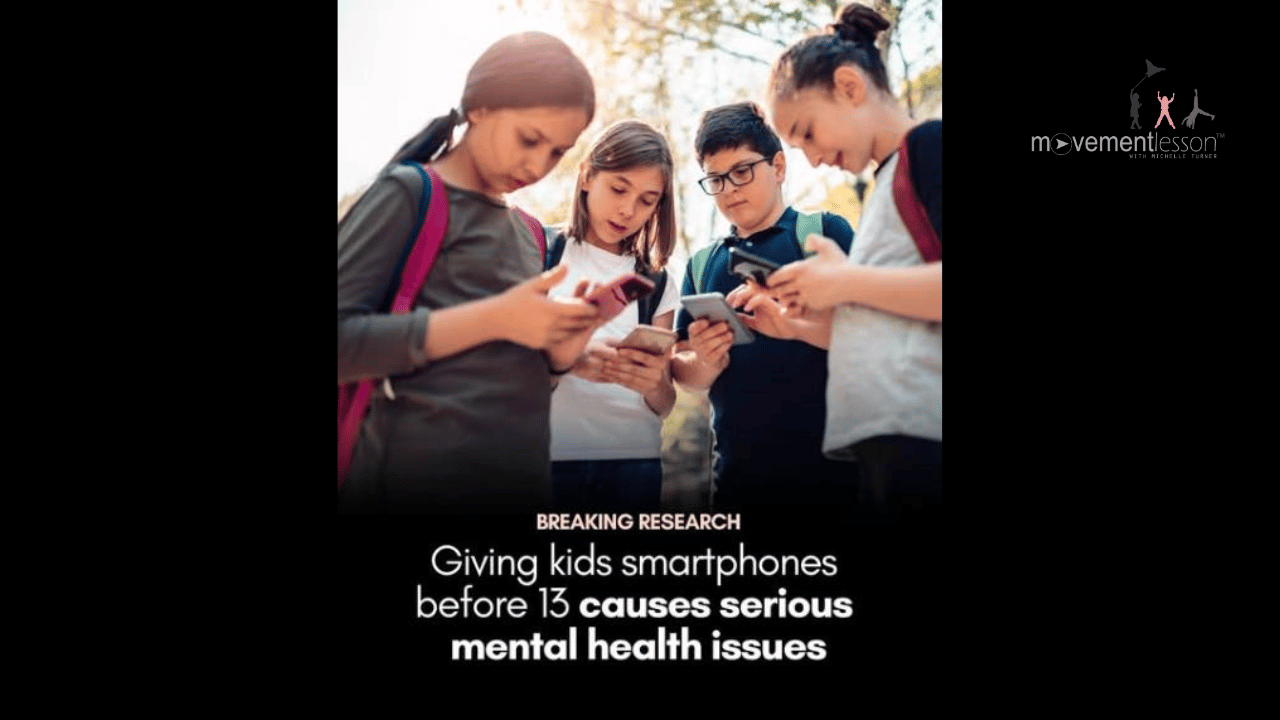
The research is right — early smartphone exposure affects emotional and cognitive development.
But what's missing is how it reshapes the way the body organizes movement, which in turn reshapes cognition itself.
Here's what most people overlook 
 Vision Without Convergence
Vision Without Convergence
Healthy vision depends on active and passive convergence — shifting focus smoothly from near to far.
Phones trap the eyes in a flat, 2D focal plane, stripping away the natural momentum and depth transitions that build visual intelligence.
When that happens, visual midlines collapse — peripheral vision narrows — and you see movement patterns identical to early Alzheimer's and spatial disorientation.

 Midline Lockdown
Midline Lockdown
When attention is fixed forward on a phone, rotational and crossing midlines shut down.
That means less coordination between the left/right hemispheres, poor reflex integration, and diminished postural adaptation.
You stop moving th...
When Movement Is Blocked: Gravity, Genetics, and Trauma
Nov 01, 2025

Every child learns to move by entering a dialogue with gravity.
From their first breath to their first step, gravity is both the teacher and the resistance that builds organization.
When genetics, trauma, or medical intervention interrupts this process, the body loses its ability to negotiate force, rotation, and stability — the same principles that collapse in astronauts during microgravity exposure.
Gravity as the Missing Teacher
A healthy nervous system constantly compares how it moves within gravity:
• Rolling teaches rotation.
• Crawling teaches cross-lateral organization.
• Sitting and standing teach vertical balance.

When a child can’t perform these movements — because of muscle tone irregularities, brain injury, or premature birth — the brain never learns how to oppose gravity efficiently.
It begins building “workarounds” instead of a true organization.
Learn more about Movement Lesson HERE.
Breakthrough: Balance Over Strength
Oct 30, 2025

 Breakthrough: Balance Over Strength
Breakthrough: Balance Over Strength 
This past summer, I broke every rule — and a little girl sat for the first time in her life.
-
Not because we made her "stronger."
-
Not because we forced posture or used equipment.
-
But because we gave her room to balance.
First, we adjusted her position — a side sit with one foot off the table. Her pelvis finally had enough space to breathe, and from there… everything changed.
Before, she used her head to balance — tossing it backward, overcorrecting, unable to stabilize.
But now, with skeletal buoyancy kicking in, the pelvis could do its job, and her head floated like a balloon.
I tilted her slightly.
To the right: her head stayed.
To the left: it gently corrected to center — a reflex, not a strain.
To the right: her head stayed.
To the left: it gently corrected to center — a reflex, not a strain.
You can't be strong enough to balance.
But when you ha...
But when you ha...
Context Matters: What the Stanford “Autism Reversal” Study Really Means
Oct 28, 2025

You may have seen headlines claiming that scientists at Stanford “reversed autism.”
Let’s clarify.
This study was conducted in mice, not humans. Researchers calmed hyperactivity in the reticular thalamic nucleus (RTN) — a sensory “gatekeeper” that filters incoming information. By stabilizing that system, the mice showed fewer autism-like behaviors.
What’s important isn’t the idea of a cure — it’s the confirmation that autism involves organizational changes in how the brain regulates input, not just isolated genetic or chemical “defects.”
This research also strengthens the link between autism and epilepsy, showing they may share underlying circuitry. It’s not about fixing what’s wrong — it’s about understanding how systems lose balance and how we might gently restore it.
As always, progress comes when science moves from control to comprehension — from treating differences as disorders to studying them as variations of organization.
Le
...